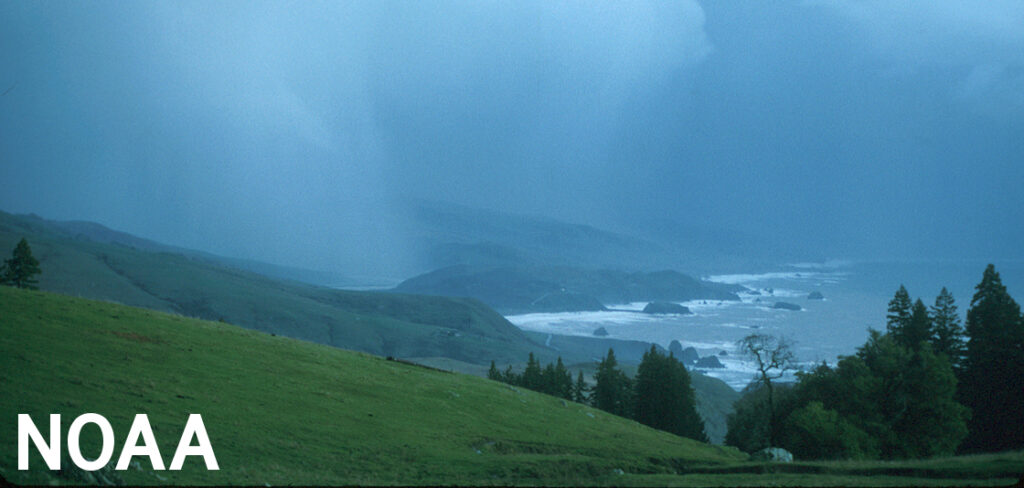
Heavy Rain, Flooding, and Chance of Severe Weather Staring Down the Southern U.S.
January 22, 2024
Posted: January 6, 2023 4:46 pm





With all of the storms that have pummeled the state of California this week, there has been a lot of talk about the weather phenomenon known as atmospheric river. It is this feature that has been responsible for the heavy rain that has fallen across the Golden State. But what exactly is an atmospheric river?
In climatology terms, atmospheric rivers are defined as long and narrow stretches in the atmosphere that move water vapor from the tropics into other areas. Climatologists estimate that these rivers are responsible for about 90% of the movement of precipitation from the tropics toward the two poles. As such, these features serve an important function in the formation of clouds, the moderation of air temperatures, and other weather components.
An easier way to think of this feature is to picture it as a river in the sky. The long columns of vapor move along with normal weather patterns, bringing forward large amounts of water. The water vapor is typically released as rain or snow when the atmospheric rivers move over land. The result is often an immense amount of precipitation focused on a relatively small region.
In addition, it is not unusual for an atmospheric river to stall out over a particular region, triggering flooding and other disruptions to life. The rivers that contain the largest volume of water vapor can create a variety of travel impacts, including flooded roadways and mudslides.
Atmospheric rivers are most likely to set across westerly coastal regions located at a mid-latitude. This includes the West Coast of the U.S., Western Europe, the western edge of North Africa, the Iberian Peninsula, New Zealand, and Iran.

However, not all atmospheric rivers carry a significant amount of moisture. These rivers come in a variety of shapes and sizes. It is only the large rivers that generate headlines for their exceptional rain and snow amounts. Most atmospheric rivers are weak systems that deliver crucial moisture needed to replenish a region’s water supply.
Without atmospheric rivers churning above land, the global water cycle would see serious disruptions. For instance, climate experts estimate that atmospheric rivers supply over 20% of total runoff around the world. This is especially true for the western half of the country, an area that depends on this water feature to fill up reservoirs and other waterways.
Atmospheric rivers are also capable of contributing to an area’s beneficial snowpack. This snowpack is what eventually melts and funnels into a region’s reservoirs, rivers, and streams. Without a sufficient snowpack heading into the spring months, an area is likely to experience drought conditions. This is why climatologists routinely focus on snowpack levels to gauge the odds of drought in the coming months.
The bottom line is that while severe atmospheric rivers are responsible for a host of negative impacts, the weather features are also crucial to agriculture and the natural circle of plant and animal life.
One specific type of atmospheric river is known as the Pineapple Express. These storms get their name from their originating point near the Hawaiian islands, a state distinguished for its production of pineapples. As the most common type of atmospheric river, a Pineapple Express transports warm water vapors on a targeted path toward the West Coast of the U.S. and up through British Columbia. A Pineapple Express event may reach as far north as southeast Alaska. It was a Pineapple Express that hit California this week.
Did you find this content useful? Feel free to bookmark or to post to your timeline for reference later.

January 21, 2024

January 19, 2024

January 18, 2024